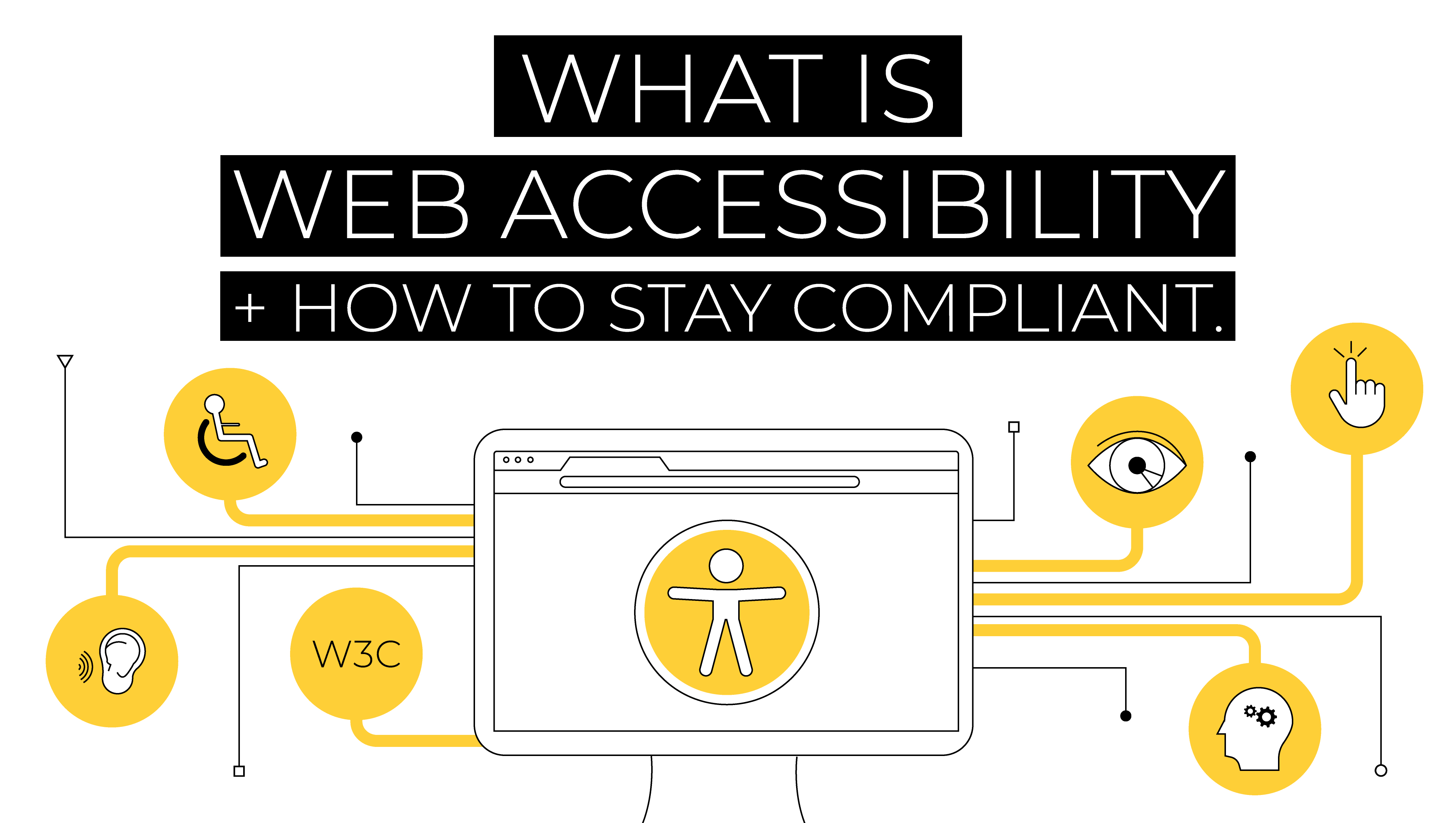Tube Rank: Your Guide to Video Success
Discover tips and insights for optimizing your video presence.
Accessibility for All: Making Web Wonders Inclusive
Unlock the web's potential! Discover top tips for creating inclusive online experiences that everyone can enjoy.
Understanding Web Accessibility: Key Principles and Best Practices
Understanding web accessibility is crucial for creating inclusive digital experiences. It ensures that all users, including those with disabilities, can access and navigate websites effectively. The key principles of web accessibility are often summarized by the acronym POUR: Perceivable, Operable, Understandable, and Robust. Each principle serves as a guideline to enhance the accessibility of web content. For instance, ensuring text alternatives for non-text content, using sufficient contrast between text and background, and providing keyboard navigability are essential practices that cater to various user needs.
To implement best practices in web accessibility, web developers and designers should adhere to the following recommendations:
- Use semantic HTML to improve document structure for assistive technologies.
- Provide clear and consistent navigation.
- Ensure that multimedia content has captions and transcripts.
- Regularly conduct accessibility testing using both automated tools and human evaluation.

Top Tools and Resources for Creating an Inclusive Online Experience
Creating an inclusive online experience is essential for ensuring that all users, regardless of their background or abilities, can access your content effectively. To achieve this, consider utilizing tools such as screen readers, which help visually impaired users navigate your website. Additionally, implementing color contrast checkers can ensure that your site meets accessibility standards, providing a better experience for users with color blindness. Other resources, like alt text generators, can assist in making images more understandable for those utilizing screen readers, thus enhancing the overall inclusivity of your platform.
Incorporating inclusive design principles is another vital aspect of creating an accessible online space. Utilize tools like wave accessibility evaluation tools, which allows you to identify and correct accessibility issues on your website. Engage with the community by soliciting feedback from users with diverse needs, ensuring that their voices are heard in the development process. Additionally, consider exploring content management systems that offer built-in accessibility features, streamlining your efforts in creating a more accommodating and inclusive online environment.
How to Conduct Accessibility Audits: Ensuring Your Website is For Everyone
Conducting accessibility audits is vital for ensuring your website is usable by everyone, including individuals with disabilities. The first step in this process is to establish a clear set of guidelines, such as the Web Content Accessibility Guidelines (WCAG). These guidelines provide a framework for evaluating your website's accessibility. Begin by utilizing automated tools to scan your site for common issues, such as missing alt text for images or improper heading structure. However, remember that automated tools can only identify a portion of accessibility barriers. Therefore, it’s essential to follow up with manual testing, which includes checking keyboard navigation and screen reader compatibility.
Once you have identified areas for improvement through your accessibility audit, prioritize the issues based on their impact on user experience. Create an action plan that includes the following steps:
- Fix critical issues that prevent access to your content.
- Improve the usability of forms and interactive elements.
- Enhance readability with clearer fonts and sufficient color contrasts.